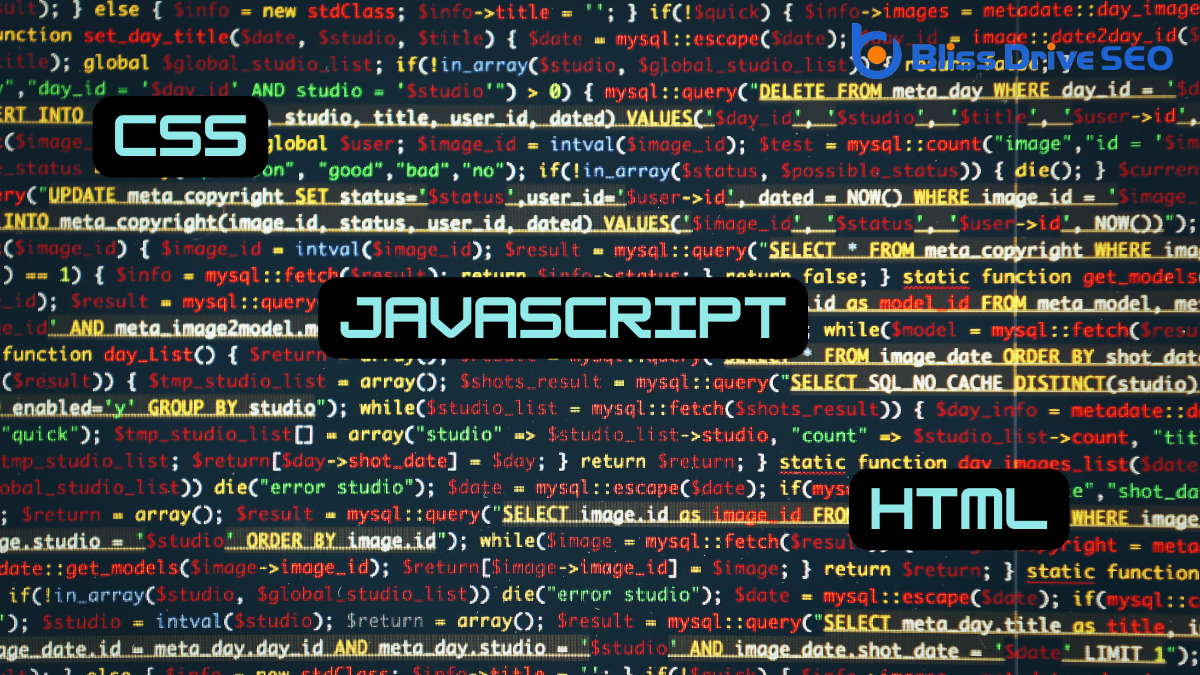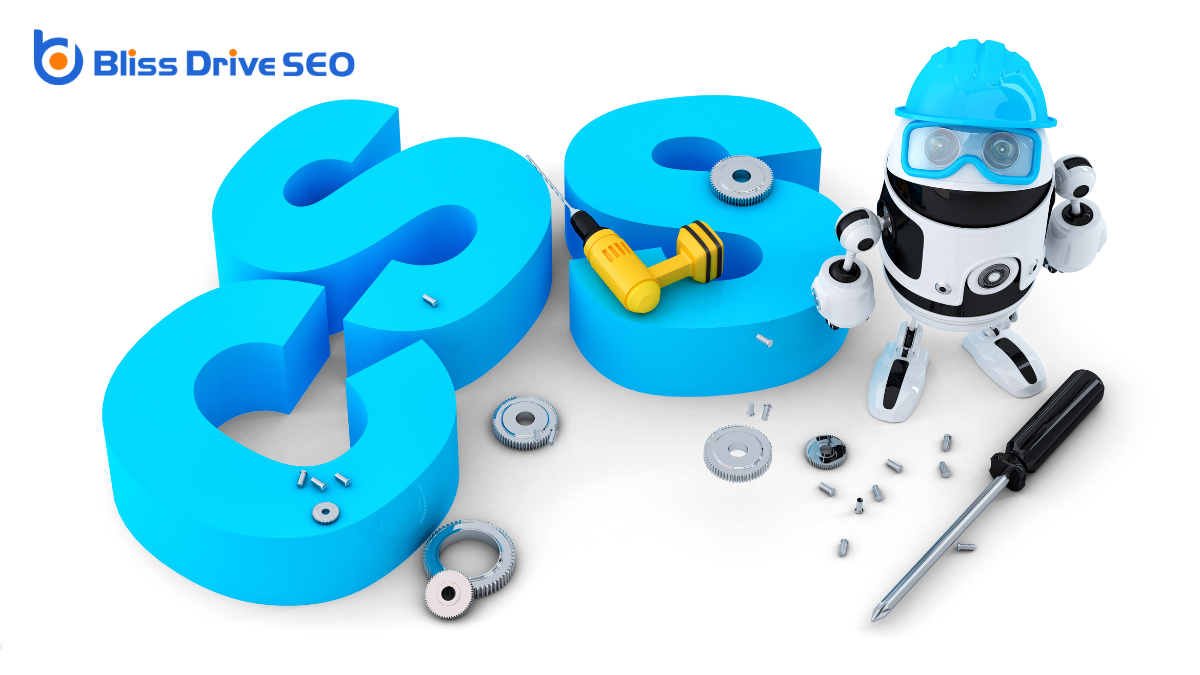Digital Marketing Services
Learn More About Us

When you're designing a website, you might wonder what makes it truly stand out. The answer often lies in the three main languages of web design: HTML, CSS, and JavaScript. Each plays a distinct role, forming the backbone of modern web pages. HTML sets the structure, CSS styles it beautifully, and JavaScript adds interactivity. But how do these languages actually work together to create seamless web experiences? Understanding their individual contributions and how they integrate can transform your approach to web design. Are you ready to explore how these languages can elevate your web projects?
How do you begin creating a webpage? The first step is understanding HTML, which stands for Hypertext Markup Language.
It's the backbone of any webpage, providing the structure and essential elements. Think of HTML as the skeleton of your webpage; it organizes content and gives it order. You'll use HTML tags to define different parts of your webpage, like headings, paragraphs, and links.
To start, you'll need a basic text editor like Notepad or a more advanced one like Visual Studio Code. When you open a new file, you'll write your HTML code there.
Begin with a '' declaration to tell the browser that you're using HTML5. Then, use '', '', and '' tags to lay out your page. The '' section includes metadataData that provides information about other data, such as its source, format, and usage. and the page title, while the '' section contains the visible content.
Each element you add, like a paragraph or image, needs specific tags. For instance, use '
' for paragraphs and '' for images.

Once you've grasped the basics of HTML, it's time to explore CSS, or Cascading Style Sheets, which brings your webpage to life with style and design.
CSS allows you to control the look and feel of your website, making it visually appealing and user-friendly. By separating content (HTML) from presentation (CSS), you can easily update your site's appearance without changing its structure.
With CSS, you can:
To start, you'll write CSS rules that target specific HTML elements using selectors. These rules define the styling properties you want to change.
You can apply CSS inline, embedded within HTML, or externally through a separate file. For larger projects, external CSS files are recommended for better organization and reuse.
Understanding CSS is essential to crafting a visually cohesive and responsive web design that enhances user experience.
In the world of web development, JavaScript is the dynamic force that transforms static pages into interactive experiences. It's the language that breathes life into your website, allowing you to create everything from simple forms to complex animations.
With JavaScript, you're not just adding layers of interactivity; you're enhancing user engagementThe level of interaction and involvement users have with social media content. by making your site more responsive and functional. You'll find JavaScript indispensable in tasks like form validation, dynamic contentEmail content that changes based on the recipient's preferences or behavior. updates, and creating interactive maps.
It allows you to modify HTML and CSS on your webpage, meaning you can change content and style on the fly without needing to reload the page. This not only improves user experience but also can considerably speed up your site's performance.
JavaScript also plays a vital role in the client-server interaction. By using frameworks like Node.js, you can handle server-side operations, making JavaScript a versatile tool for both front-end and back-end development.
It bridges the gap between technology and creativity, enabling you to build applications that aren't just visually appealing but also highly functional. Mastering JavaScript opens up a world of possibilities, allowing you to craft web experiences that are truly engaging.
You've now got a solid grasp of the three main languages of web design: HTML, CSS, and JavaScript. HTML lays the foundation by structuring content, CSS brings it to life with style and color, and JavaScript adds the magic of interactivity. By mastering these, you can create engaging and visually appealing websites. So, plunge into it, experiment, and let your creativity shine as you build the web experiences of tomorrow.
